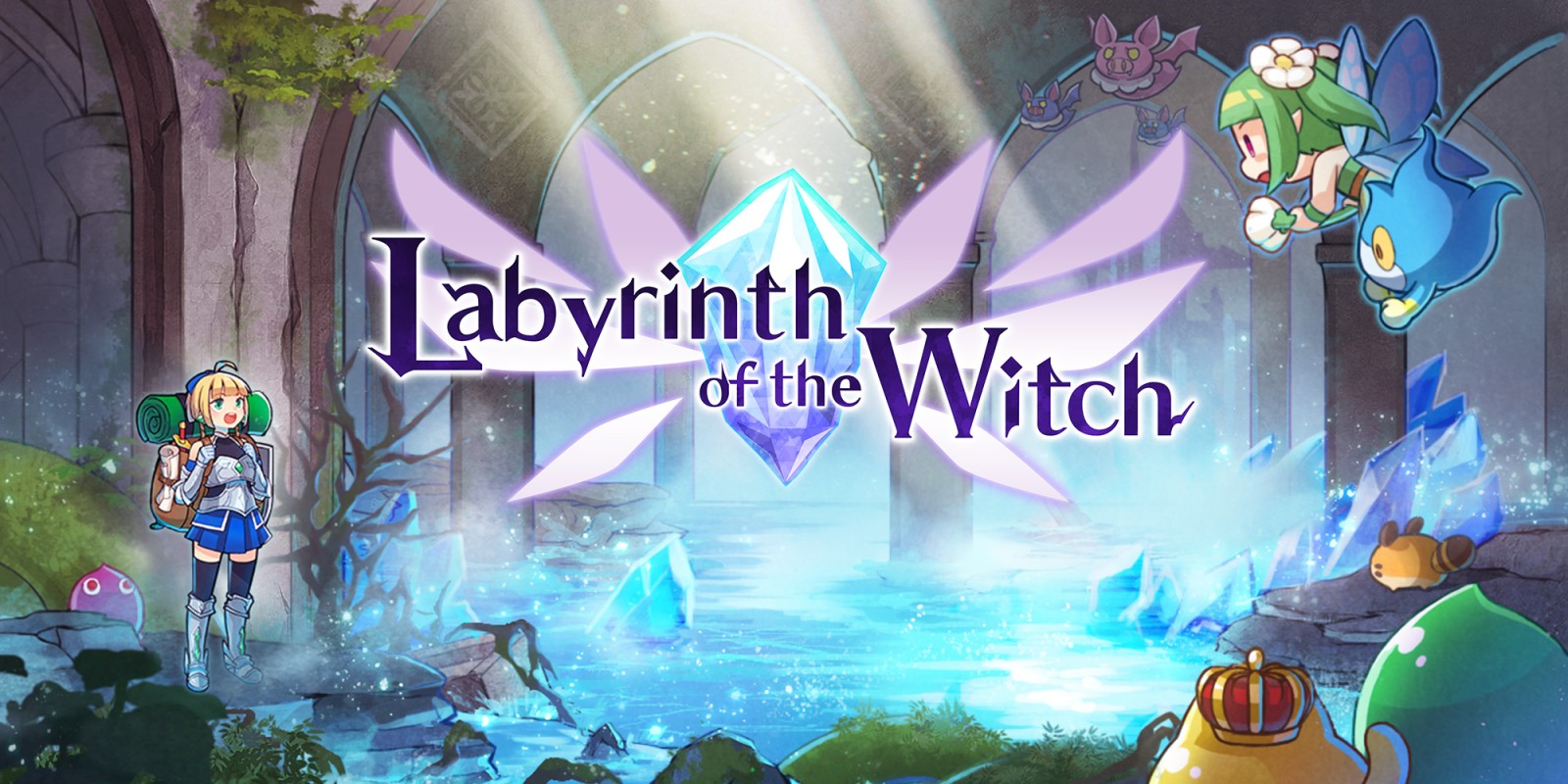Void Terrarium is a story about fragility and the tragic beauty of life.It tells this story by way of a somewhat niche mode of gameplay,…
Tag: Role-Playing
Introduction Battle Chef Brigade Deluxe is a highly unique cooking game. It was originally released for Nintendo Switch and PC in 2017 as just Battle…
My first Article for Polyspice covered a game called Piffle, which I had some fun with and can wholeheartedly recommend to casual players. But…After all…



